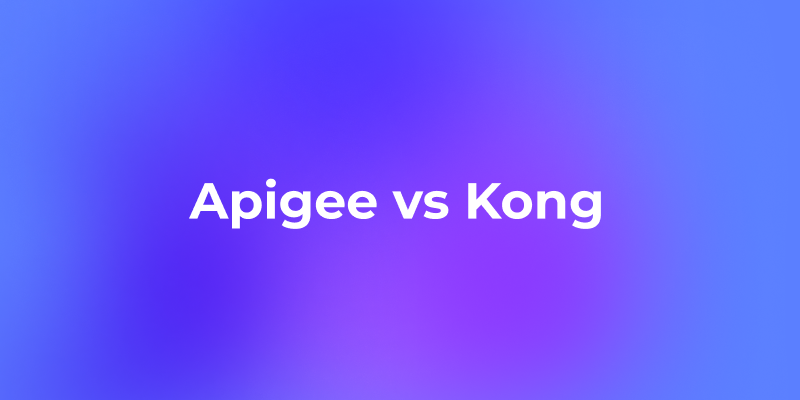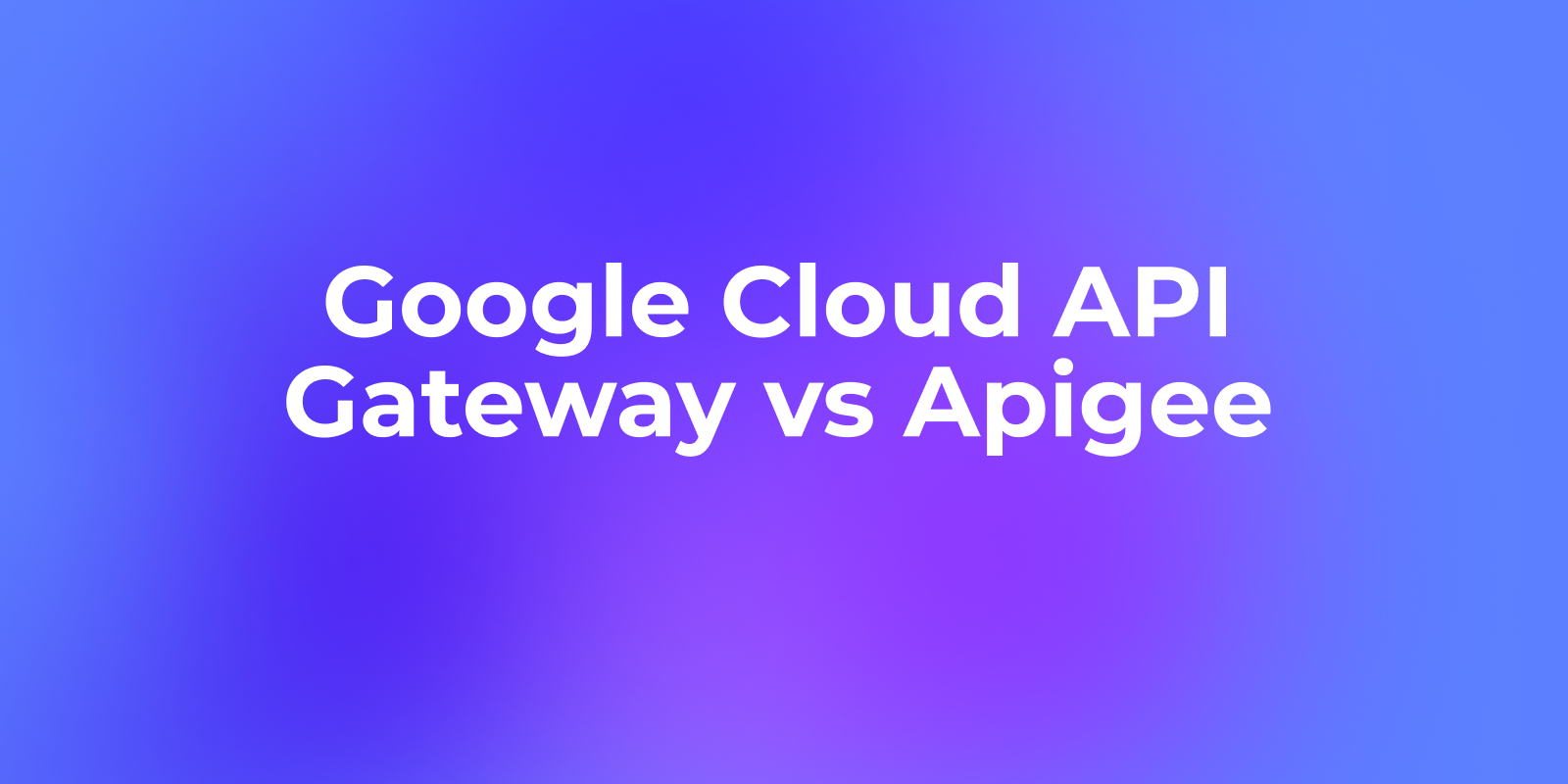Swagger is a popular API development tool that helps developers quickly design, build, and test RESTful APIs. The Swagger official website offers many tools and libraries, among which Swagger Editor is a particularly useful tool that helps developers create and edit Swagger specification files. This article will introduce the basics and usage of Swagger Editor.
Benefits of using Swagger Editor
Swagger Editor is an open-source tool for writing and testing OpenAPI specifications, with the following advantages:
- Writing and testing OpenAPI specifications: Swagger Editor allows developers to write OpenAPI specifications in a visual editor and immediately test the functionality and response of these specifications on the same interface.
- Auto-completion and error checking: Swagger Editor can help developers automatically complete keywords and parameters when writing OpenAPI specifications, and provide real-time error checking to avoid common syntax errors and specification errors.
- Easy collaboration: Swagger Editor allows multiple developers to collaborate on the same OpenAPI specification, making it easier to share and discuss API specifications within a development team.
- Integration with other Swagger tools: Swagger Editor can be integrated with other Swagger tools, such as Swagger UI and Swagger Codegen, to provide developers with a comprehensive API development and testing solution.
Getting Started with Swagger Editor
Installing Swagger Editor
Swagger Editor can be installed and launched in two ways:
- Online use: Swagger provides an online version of Swagger Editor on its website, which can be used simply by visiting the site. This method does not require any installation and can be used directly.
- Local installation: Swagger also provides a local version of Swagger Editor on its website, which can be downloaded from GitHub. After downloading, extract the files and run the following command to start:
npm install
npm start
Understanding Swagger Editor UI
Swagger Editor is a popular tool for designing, building, and testing RESTful APIs. It offers a user-friendly UI that allows developers to write and test OpenAPI specifications, with features such as automatic completion and error checking.
The editor area is the central location for creating and editing specifications, and the side panel provides easy navigation between different parts of the specification. The Info tab displays general information about the API, while the Paths tab provides a list of endpoints. The Definitions tab allows developers to create or edit data models, and the Parameters tab provides a list of parameters. The Responses tab displays a list of responses, and the Security tab specifies authentication and authorization mechanisms for the API.

How to Use Swagger Editor
After starting Swagger Editor, you can begin creating and editing Swagger specification files with the following basic operations:
Create a new Swagger specification file
Upon starting Swagger Editor, an empty Swagger specification file will open automatically. To create a new Swagger specification file, click the "New Document" button on the left.
Edit the Swagger specification file
In Swagger Editor, you can easily edit Swagger specification files. The left panel displays the Swagger specification file's tree structure, while the right panel displays the corresponding YAML format code. You can edit the corresponding YAML code by double-clicking on any node in the left panel's tree structure. After editing, you can click the "Validate" button in the top left corner to check if the code complies with the Swagger specification.
Preview Swagger documentation
In Swagger Editor, you can easily preview Swagger documentation. By clicking the "Preview" button on the left, you can view the preview effect of Swagger documentation in the right browser window. You can test Swagger API interfaces and view the returned results in the preview window.
Import and export Swagger specification files
In Swagger Editor, you can easily import and export Swagger specification files. You can click the "File" button in the top left corner, select "Import URL" or "Import File" to import a Swagger specification file. You can also select "Download As" to export a Swagger specification file.
Other features
In addition to the basic operations and methods described above, Swagger Editor provides many other features, including:
- Auto-completion and syntax highlighting;
- Support for Swagger 2.0 and OpenAPI 3.0 specifications;
- Customizable styles and layouts;
- Support for multiple formats of data input and output.

About OpenAPI Specification
The OpenAPI Specification (also known as the Swagger Specification) is a standard for describing RESTful APIs. It defines metadata such as API interface information, request parameters, and response values, and provides support for automation tools. The OpenAPI Specification was originally proposed by Swagger and has now become an open standard with support from numerous companies and organizations.
The OpenAPI Specification can help developers and teams design, write, and test RESTful APIs more effectively while improving their readability and maintainability. The main features of the OpenAPI Specification include:
- Description language: The OpenAPI Specification uses YAML or JSON and other descriptive languages to describe API interface information. It can define API paths, parameters, request bodies, responses, and error codes.
- Visual documentation: The OpenAPI Specification can generate visual API documentation that supports online testing and debugging.
- Extensibility: The OpenAPI Specification supports custom properties and extensions to meet different business needs.
- Cross-language support: The OpenAPI Specification can be supported by code generation tools in various languages, such as Java, Node.js, Python, and Go.
The OpenAPI Specification provides a unified standard for describing RESTful APIs, making it easier for different teams to communicate and share APIs. At the same time, it provides convenient tools and frameworks for API developers to design, write, and test APIs.
Writing Swagger with Code
If developers can write Swagger with code, especially VSCode. It may be more effective for several reasons:
- Time-saving and efficient: Generating Swagger from code can significantly reduce the workload of manually writing Swagger, especially for large projects, which may take days or weeks to complete manually but can be generated in minutes through automated tools.
- More accurate documentation: Generating Swagger from code can ensure consistency between Swagger documentation and actual code, avoiding situations where documentation and code are out of sync and making API documentation more accurate.
- Better maintainability: Generating Swagger from code can make API maintenance easier because Swagger documentation and code are consistent. When API changes occur, only the code needs to be updated, and the Swagger documentation will be automatically updated, reducing the difficulty of maintenance work.
- Better reusability: Generating Swagger from code can make the generated Swagger documentation more reusable because Swagger documentation contains detailed information about the API, which can be reused by other developers, testers, or API clients, reducing the time and effort spent on redundant work.
A better choice than Swagger Editor
For Design First teams, Apidog is a more advanced API design tool that is highly recommended. As long as we are familiar with JSON structure, you can master the secret of designing APIs in Apidog. Apidog is a combination of Postman, Swagger, Mock, and JMeter.
In Apidog, not only can we design APIs that comply with the OpenAPI specification, but we can also complete a series of processes such as API debugging, testing, and document sharing. Apidog provides a comprehensive API management solution. By using Apidog, you can design, debug, test, and collaborate on your APIs on a unified platform, eliminating the problem of switching between different tools and inconsistent data. Apidog streamlines your API workflow and ensures efficient collaboration between front-end, back-end, and testing personnel.




